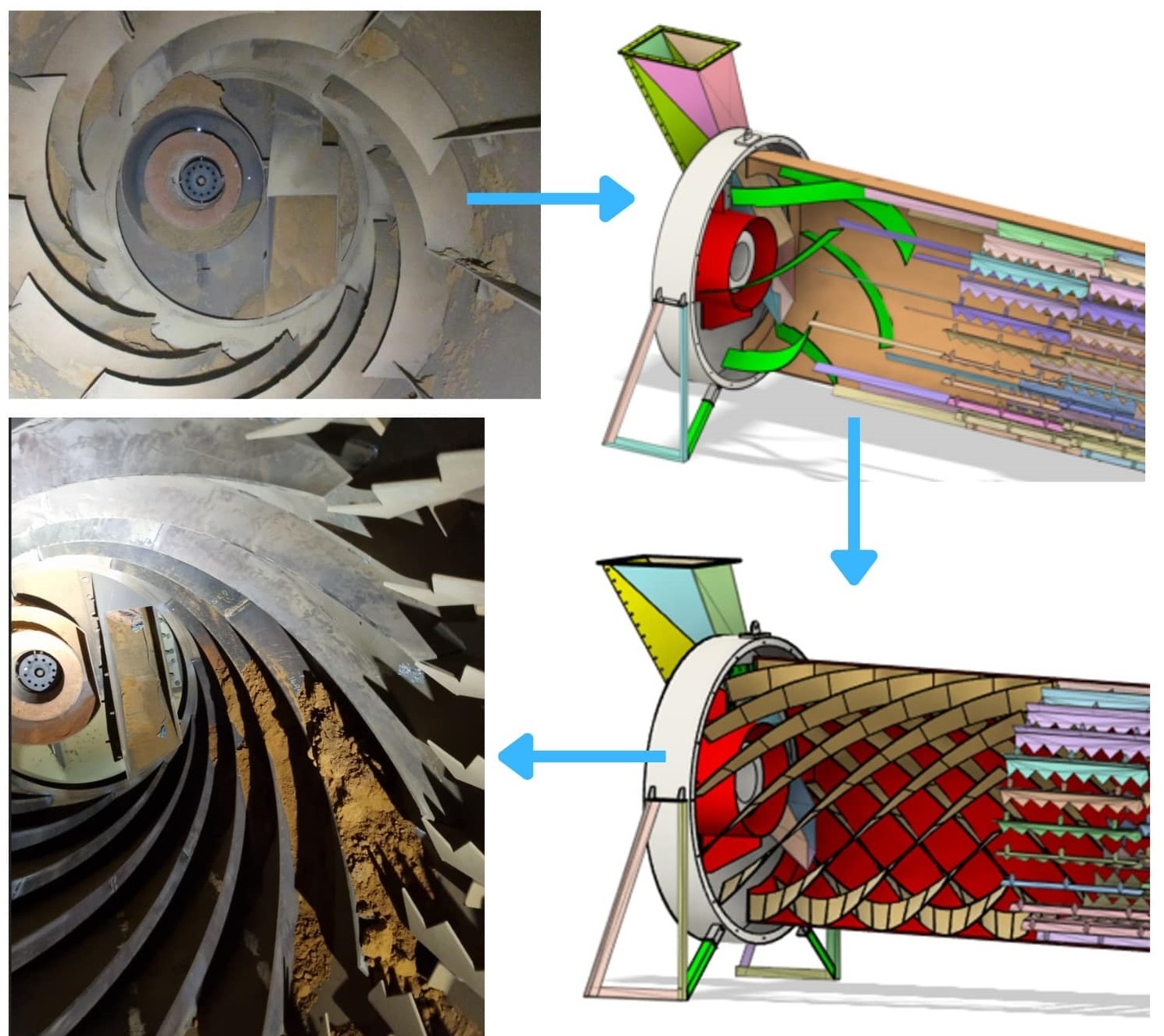Problem-solving is at the heart of our services, and we enjoy solving challenging engineering problems for our clients.
Problem-Solving

Our Approach
1. Problem definition
This is the most important step in solving a problem. We want to spend as much time as possible understanding the problem and ensuring the stakeholders are aligned with the problem we are trying to solve. Failing to define the problems will lead to efforts spend on solving a symptom.
2. Methodologies
We use different methods and tools to solve a problem:
- Data Analysis: This methodology is used to understand a complex problem. It is effective when there is access to reliable and accurate data.
- Root Cause Analysis: This classic reliability tool identifies equipment failure.
- Design Review
- Computational Simulation Software: This is a great tool for understanding the problem, especially when the issue happens behind walls or inside vessels and cannot be observed. The advantage of using simulation tools to solve a problem is that you can test a solution without needing any physical installation.
- Trial and Error: doing trials was a common way to address design problems. A vendor of a particular design will come and promise to solve the problem if their product was installed. This methodology is much less effective than simulation but still used when the cost of simulation is not justifiable.
